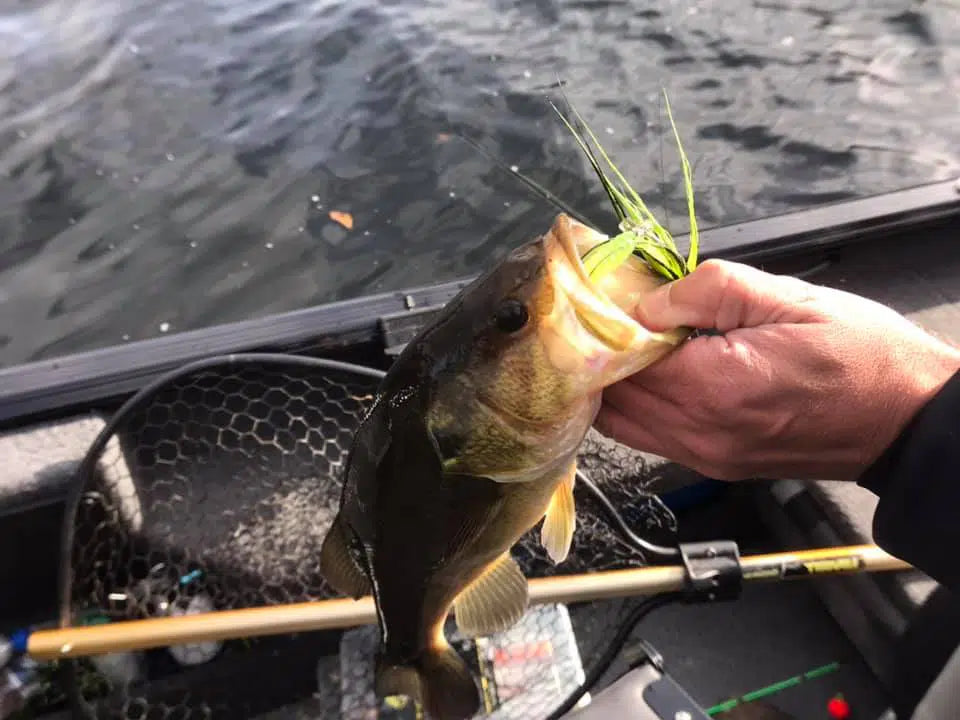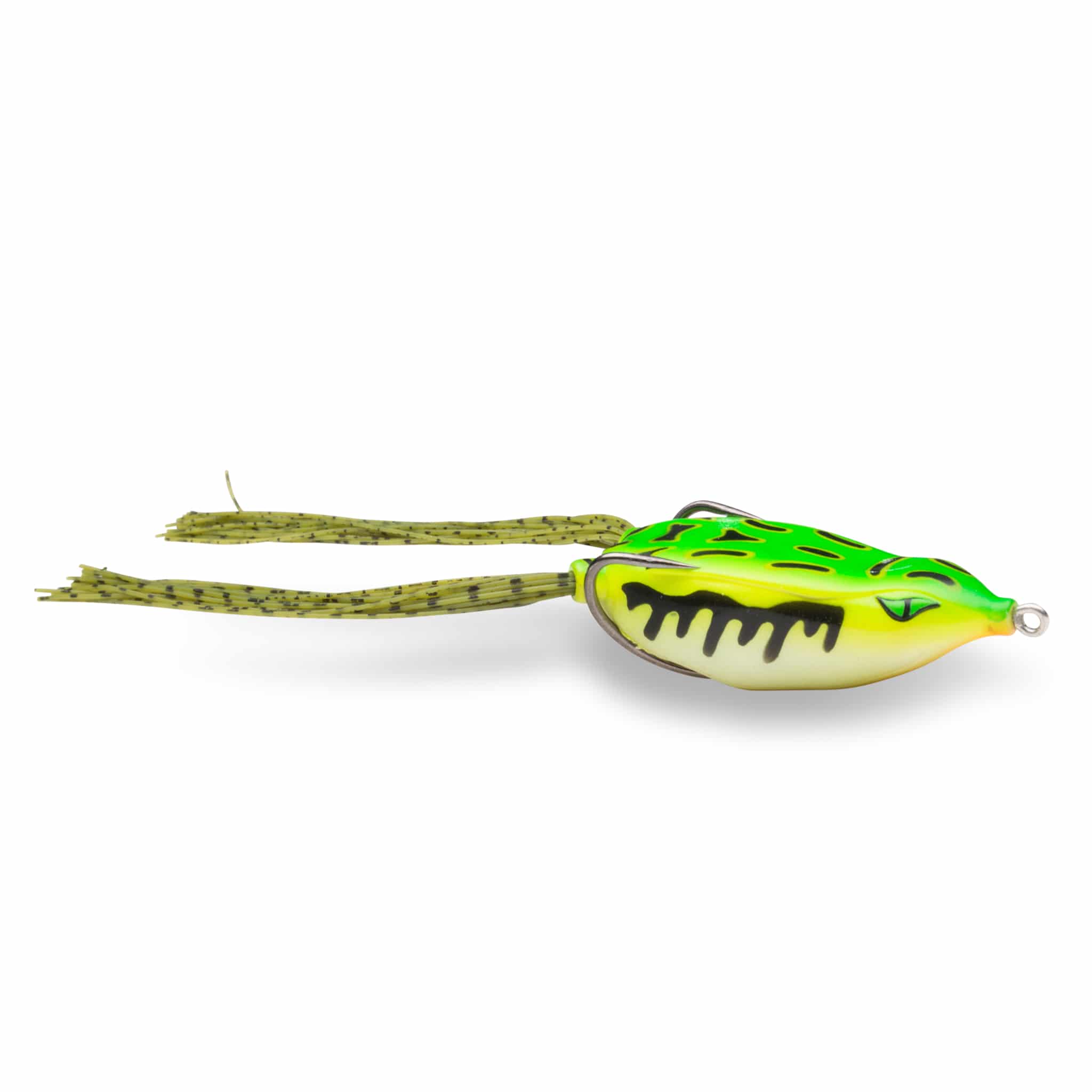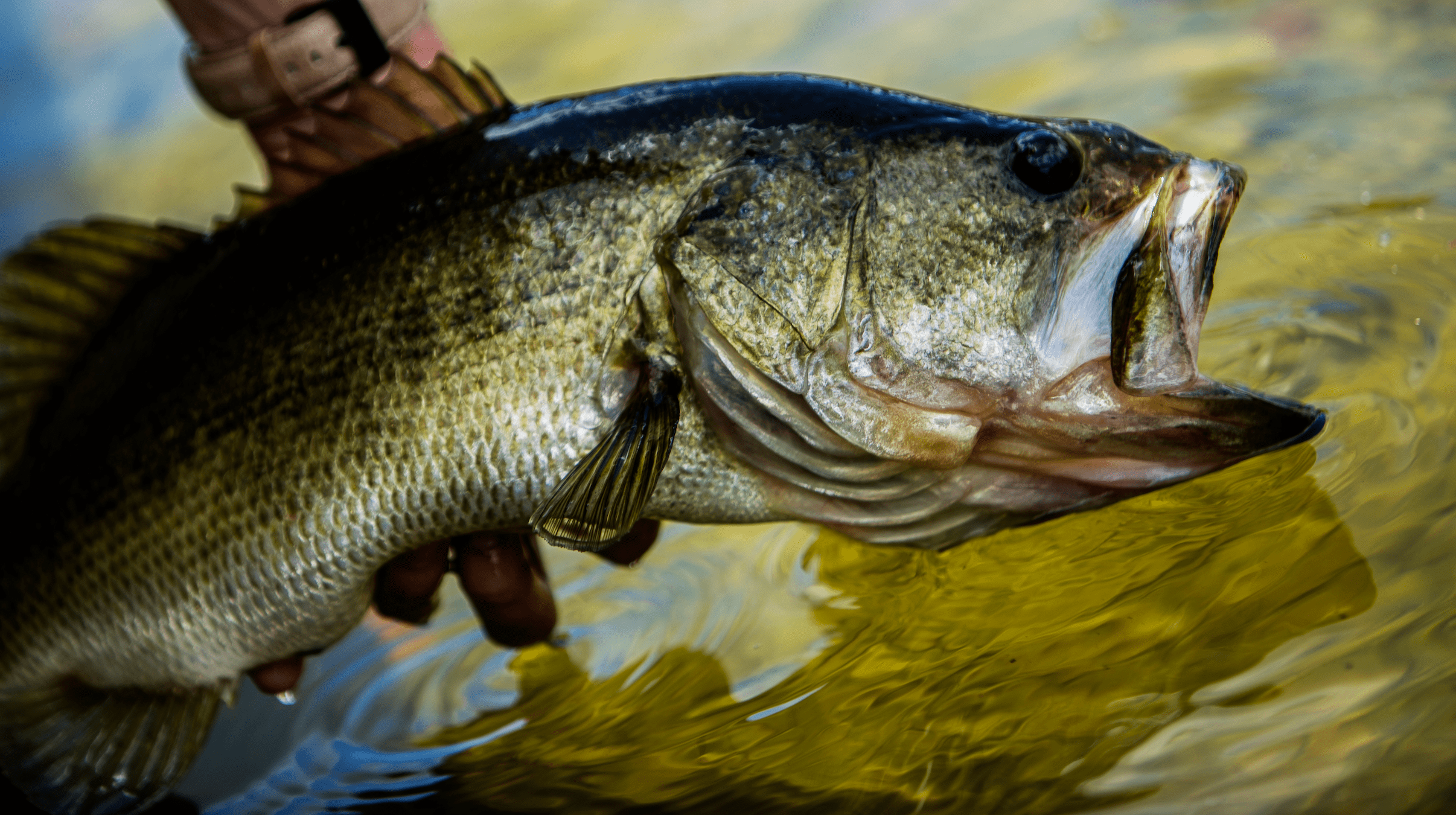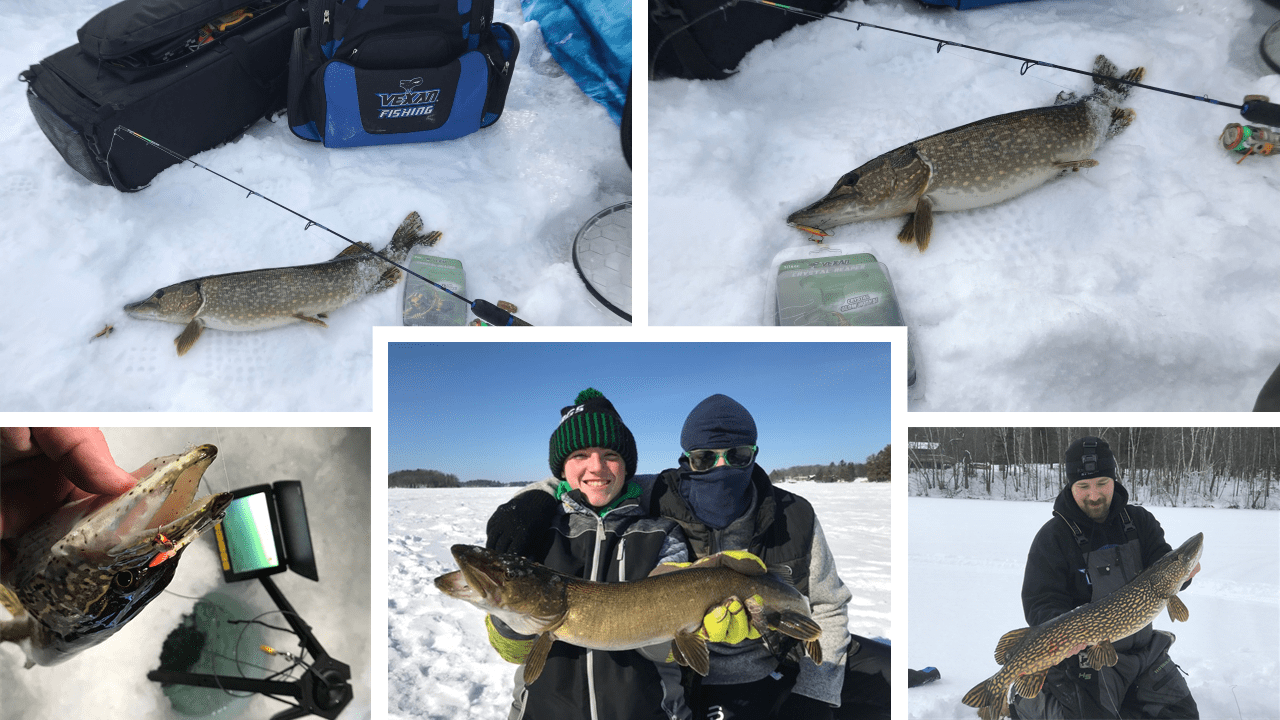Finding Upper Midwest Crappie From Ice Out to Spawn
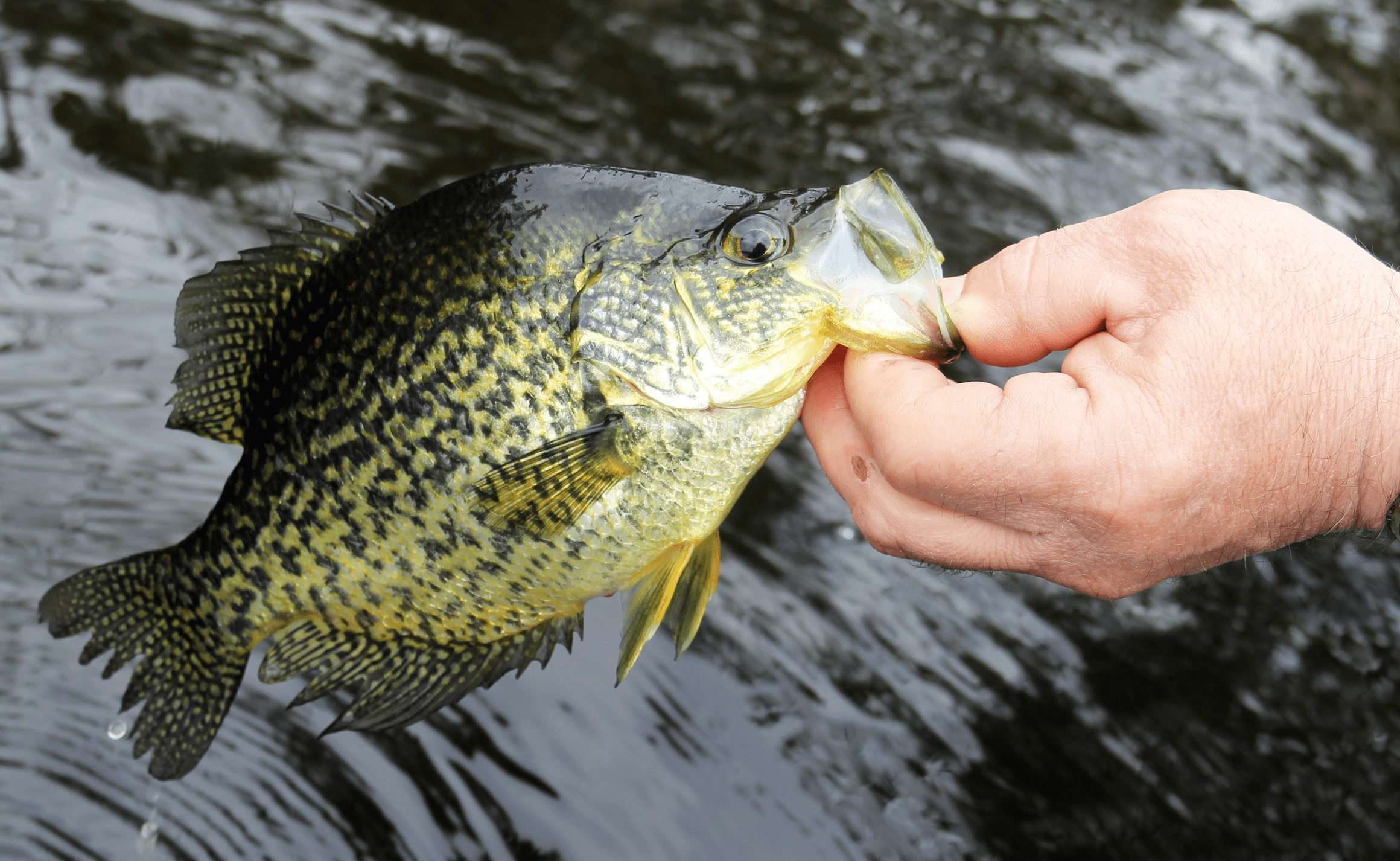
Spring and great crappie fishing are synonymous across the upper Midwest, and for very good reason. As the weather and sun angle warms the water, crappie move in from their Winter haunts showing up in the back bays, reed beds, downed timber, brush, and other structural elements in large numbers, and concentrate in small areas readying for the spawn.
Find the Crappie After Ice Out
Let’s break down the migration from ice-out to spawn on inland lakes and reservoirs where current is not in play. In many natural lakes, the Winter haunt is the outer break line off the weed lines, timber, or other deeper structure to the basin. In some cases, the deepest water available will hold the big crappie. In others, deep structural elements will hold some while the basin holds a population as well. Snow melts off the ice as the sun angle rises and light pours through exposed ice. It’s absorbed and converted to heat energy by water and begins melting the ice from the bottom of the sheet upward almost as quickly as warm weather and wind melts the top. Water temps under the ice hit the 40-degree mark, and that sparks the beginning of the migration from deep to shallow.
Once the ice is out, South facing bays will warm faster with temps as much as 10 degrees warmer than in the shallows and bays across the lake. Head for the North shore bays first and look for the fish along the edges of the break lines leading into the bays. They will be schooled up many times by year classes, so use your Humminbird side imaging unit like the Humminbird HELIX 8 CHIRP MEGA SI+ B3N Fish Finderor 360 Imaging to find the schools and pick out the larger fish. If the weather is reasonably stable, this will only last a few days. The fish will seek out food and warmer water, showing up in mud bottom areas first, as they warm faster than sand. If the lake you are heading for has little or no mud in the shallows, seek out shallow timber or dead vegetation which will help warm the area.
The pre-spawn period will last for approximately three weeks total until water temps in the shallows hit a sustained low 50-degree mark. As the spawn begins, males will show up first and prepare nests, then the females will follow. If you find smaller males in a shallow area and are not catching larger fish, back away from the shallows a bit along the edge that the fish seem to be using and try the 5’ to 6’ depths, you may find the big females staged out there.
Structural Elements to Look for
Near guaranteed magnets for crappie as they ready to spawn are reed beds that are not showing new growth yet, downed timber, brush lines if the water is high and shoreline brush is submerged, muddy bottomed areas with some new vegetation just starting, and in the case of lakes with little soft bottom or vegetation, rocky areas with rock faces to the South.
If reed beds exist, look there first. Even a small patch 30’ long can hold hundreds of crappie. If the fish are not there the reeds may be too shallow (best to have 2’ to 4’ of water) too thick (best to have room between reeds for future nests) or the fish are on the way and have not arrived.
Downed shoreline timber and brush are magnets, so locate areas where there’s quite a bit in scouting and be ready to follow the fish from the deeper breaks to the wood.
Mud bottom areas will have some early vegetation patches showing up, and that will hold the fish. If the mud is thin and sandy substrate is available, the crappie might stay right there and spawn.
Make sure to drop a waypoint on the Humminbird unit where you find fish through the process and keep a log of how the schools migrated for future reference.
How To Catch them
We recommend a weighted bobbed in the 1” range suspending your favorite Vexan T-VEX jig. If the fish are in 3’ of water, run the jig about 2’ under the float. Tip the jig with your favorite crappie plastic or live bait.
Rig up your favorite Vexan Crappie Rod with 10# superline. Don’t use monofilament in the reeds, as you will get snagged and it’s important to be able to rip your jig free without breaking the line. Pitch the rig into the pockets in the reeds or near the brush piles or along the shoreline breaks in the back bays until you find a school.
There isn’t much more fun than Spring crappie fishing, and the resulting fish fry can be spectacular. Remember to limit your catch to a good meal and conserve good crappie fishing well into the future!

